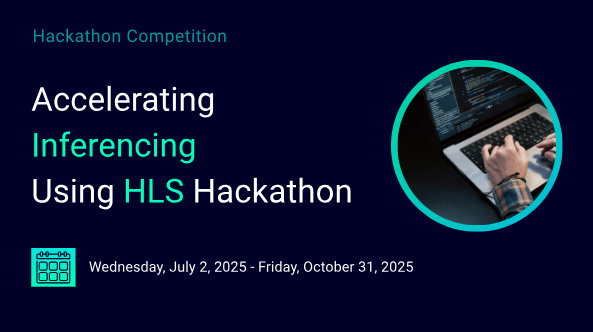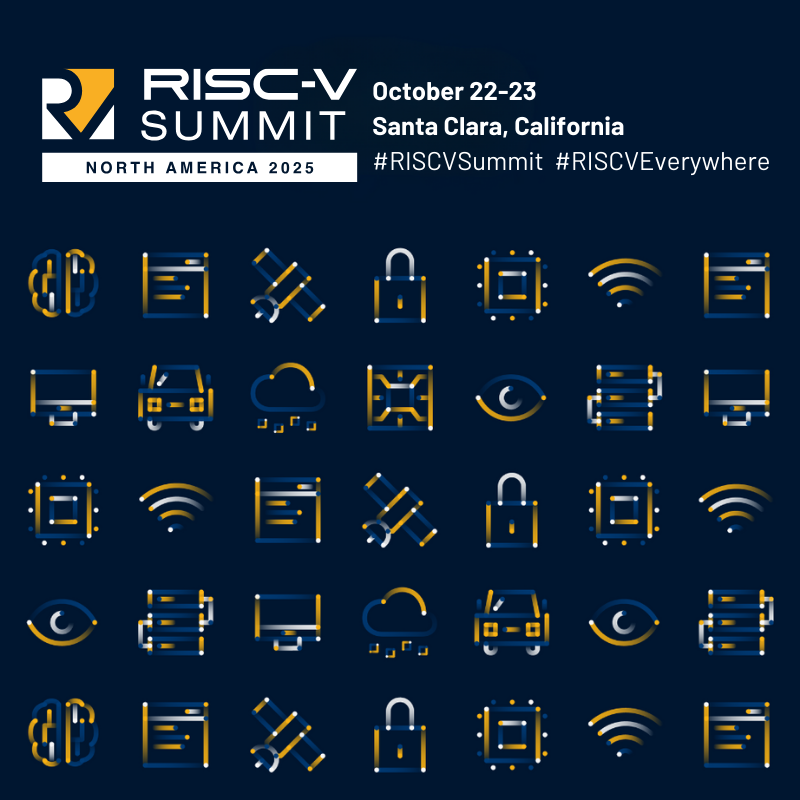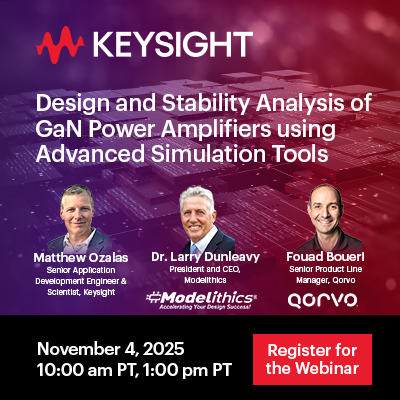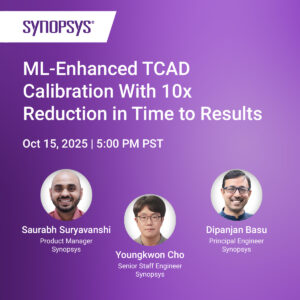
- This event has passed.
HLS Hackathon 2025

Wednesday, July 2, 2025 – Friday, October 31, 2025
Accelerating Inferencing Using HLS Hackathon
Energy efficiency is essential for edge devices, especially those powered by batteries or harvested energy, making low-power AI and machine learning inference a real challenge. In this hackathon focused on accelerating inferencing using HLS, your mission is to build a high-efficiency hardware accelerator that delivers accurate predictions with minimal energy per inference.
Overview
Energy can be critical in edge devices. Systems that are battery powered or rely on harvested energy need to be as efficient as possible. Which can make deploying inferencing on these systems challenging. Inferencing is notoriously power hungry. In this hackathon you’ll build an efficient inferencing accelerator. The winner will be the team that can build the most efficient inferencing system, that is the one that delivers predictions with the smallest amount of energy per inference. Your implementation will need to meet strict performance, accuracy, and area requirements, too.
Oh, and there’s a time limit. You’ll have 30 days to complete your masterpiece of efficient engineering. You might want to put in for vacation time now. And stock up on your favorite caffeinated beverage.
*Pro tip: #JoltCola, the original energy drink, is making a comeback, with all the sugar and now even more caffeine!
Leaderboard

The Algorithm
We’re going to be using the MNIST handwritten character recognition algorithm. Sure, it’s old and it’s small, but it is the one Yann LeCun got started with (and he’s now the chief AI guy at Meta).
We picked this because it’s small enough to retrain in a few minutes, it’s practical to run in logic simulation, and it can be characterized quickly. Bottom line, you’re going to be able to get through more design iterations faster. Which you’re going to need to zero in on the optimal architecture.
The Starting Line
You’ll be given a virtual machine equipped with all the tools and IP you’ll need to build and characterize an ASIC implementation of your inferencing accelerator, courtesy of Siemens EDA. You’ll start with RocketCore RISC-V design, and a bare metal application that runs the MNIST algorithm. Your job is to make the inference run faster than any software implementation could possibly go, all while your design sips tiny amounts of energy to get the job done. It’s a unique opportunity to flex your creativity, only if you’re up for the challenge.
Prizes, Trophies, and Bragging Rights
Of course, the winners will have bragging rights. Post it up on LinkedIn that you won the High-Level Synthesis low-energy inferencing hackathon! Your achievements will reach legendary status🔝.
But wait, there’s more. Winners of a hardware design contest deserve hardware. As one of the top 3 winners, you will get a tasteful trophy commemorating your victory. Suitable for a place of distinction in your office or cubicle, where your co-workers and managers can marvel at your awesomeness😎.
There’s even more…
🥇The first-place winner will receive Elegoo’s Neptune 3D printer, and an opportunity to speak at the Edge AI foundation’s Fall Taipei event (physically or virtually) to tell the world in your own words how you reached such amazing heights of success. Literally, and we literally mean this “literally,” fame and fortune.
🥈The second-place winner will receive a Pynq FPGA development board from Digilent, to hone their skills for next year’s competition. The Pynq board combines an ARM processor with Python and AI capabilities with FPGA fabric from AMD.
🥉The third-place winner will receive a pair of Bose QuietComfort Earbuds. Bose QuietComfort Earbuds offer iconic audio, renowned noise cancellation, and a relentless, long-lasting battery, all in a compact, durable package.
All participants who complete the hackathon with a valid submission will receive a badge suitable for promoting their engineering genius on LinkedIn. (Psst 🤫, recruiters pick up on this kind of thing😉)













Selling the Forges of the Future: U.S. Report Exposes China’s Reliance on Western Chip Tools